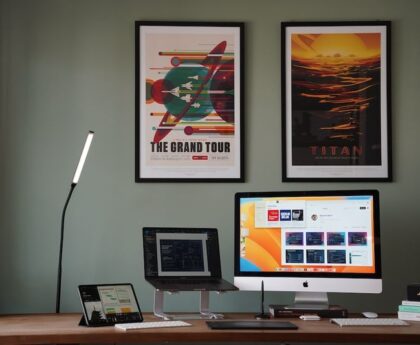Fake AI-generated images of an explosion at the Pentagon sparks stock market dip
On May 22nd, false reports of an explosion at the Pentagon spread on Twitter, accompanied by an apparently AI-generated image. The fake image showed a black cloud of smoke near a building, which accounts posting it claimed was the Pentagon. However, experts said that the image was likely generated by artificial intelligence, in an example of the potential for the misuse of the increasingly popular and prevalent technology, that they have been worried about.
False reports spread on Twitter
Many of the Twitter accounts that spread the hoax carried blue checks, which used to signify that the social network had verified the account is who or what it claims to be. But under new owner Elon Musk, the company now gives a blue check to any account that pays for a monthly Twitter Blue subscription. Among the blue-check accounts that shared the false Pentagon image were one impersonating Bloomberg News, and the real account of the Kremlin-linked Russian news service RT. RT later deleted its post, while the fake Bloomberg account has been suspended by Twitter.
Impact on the stock market
Major stock market indices briefly dipped on the false reports before recovering. The dissemination of such disinformation and the ensuing market reaction is a cause for concern, highlighting the ease with which tech can be manipulated and faked.
The potential misuse of AI technology
This event also showcases the potential misuse of AI, which has moved from science fiction to the forefront of tech innovation in recent years. AI-generated content and deepfakes have been making headlines for a while now, with the development of such tools, causing concern around disinformation and propaganda campaigns. Policymakers have been struggling to keep up with the fast pace of tech innovation and roll out regulations for responsible use of AI technology.
Philosophical debate
This event raises philosophical questions around the authenticity and credibility of information disseminated in an age where anyone can create content with AI technology, tailored to deceive as many people as possible. In an era where technology can be used to manipulate the truth, we ask ourselves, can we still believe what we see?
Advice
The current event further emphasizes the need for media consumers to be skeptical and carry out fact-checking before passing information along to others. We must also encourage people to think critically about the authenticity of information disseminated via social media platforms, given the ease with which fakes can be produced and distributed. Tech companies must also shoulder part responsibility for developing adequate systems to detect and remove misinformation and disinformation campaigns from their platforms.
Editorial
This event highlights the need for organizations and the media to take deepfakes and AI-generated content seriously and dedicate resources to identifying such disinformation before it spreads to a wider audience. The dissemination of false information on a trusted platform like Twitter creates anxiety across markets and highlights the flaws in current policies and systems to regulate online activity.

<< photo by HIEU NGUYEN >>
You might want to read !
- Unpacking the Reality of Chrishell Stause and G Flip’s Las Vegas Marriage
- Analyzing the Backlash Against ESPN’s Lisa Salters After Criticizing Nikola Jokic
- Exploring the Legal and Financial Implications of Nick Cannon’s 10th Child: Does He Have to Pay Child Support?
- The Hidden Agenda of Russia’s Wagner Private Army and its Connection with Russian Troops.
- Behind the Trend: Exploring the Consequences of Falsely Trending Celebrity Deaths




